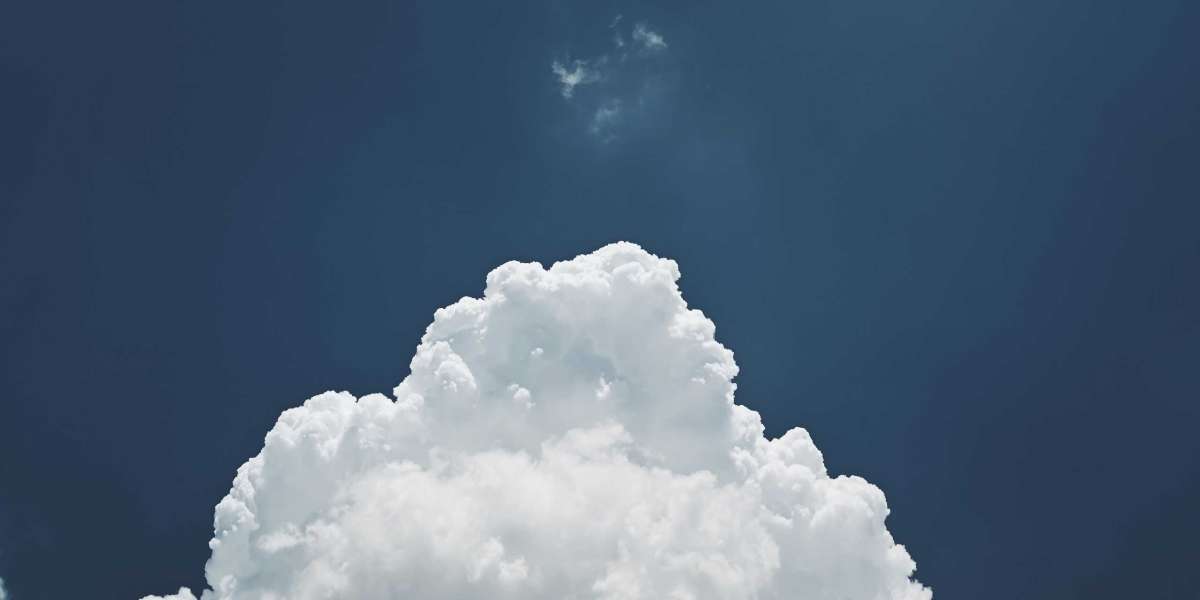
Have you ever been captivated by the beauty of wildlife and wished to capture it in a photograph? Wildlife photography requires patience, skill, and a good camera. But fear not! With this beginner's guide to wildlife camera photography, you'll be on your way to capturing stunning images of wild animals in no time. From selecting the right equipment to mastering composition techniques, we've got all the tips and tricks you need for successful wildlife camera photography. So grab your camera and let's get started!
How to Shoot Pictures of Wild Animals
To capture great wildlife photos, you must first understand the behavior of the animals you wish to photograph. Researching your subject beforehand will help you anticipate their movements and behaviors.
When it comes to equipment, investing in a camera with fast autofocus and continuous shooting mode is essential for capturing swift animal movements. Additionally, consider using telephoto lenses which allow you to zoom in closer without disturbing the animal or compromising image quality.
Patience is key when it comes to photographing wild animals. Sit quietly and wait for the animals to come into view rather than chasing after them. If possible, try blending into your surroundings by wearing earthy tones or camouflage clothing.
It's important to remember that safety should always be a top priority when photographing wild animals. Keep a safe distance from potentially dangerous species such as bears or snakes and follow any regulations set forth by parks or wildlife reserves.
Don't forget about lighting! Early morning and late afternoon provide ideal natural lighting conditions for taking stunning wildlife photographs with warm tones and soft shadows.
Tips for Capturing Great Photos of Wildlife
Capturing great photos of wildlife can be challenging, but with the right techniques and equipment, anyone can take stunning shots. Here are some tips to help you get started:
1. Research your subject: Before heading out to shoot wildlife photos, do some research on the animals you're interested in. Learn about their behavior, habitat, and typical movements.
2. Use the right gear: Wildlife photography requires specialized equipment such as a telephoto lens, tripod or monopod for stability and camouflage clothing if necessary.
3. Be patient: Patience is key when shooting wildlife photos since it may take time to capture the perfect shot.
4. Respect nature: Always respect animals' habitats by staying at a safe distance from them and never disturbing them or their environment
5. Shoot during golden hour: The best time to shoot wildlife is during "golden hour" - an hour after sunrise or before sunset when natural lighting conditions create warm tones that enhance your photos.
6. Experiment with angles and compositions: Don't be afraid to experiment with different angles for unique perspectives on your subject!
7. Practice makes perfect: The more you practice taking pictures of wildlife using these tips; the better your results will become over time!
Conclusion
Wildlife camera photography is an exciting and rewarding hobby that requires patience, dedication, and a passion for capturing the beauty of nature. Whether you're just starting out or have years of experience under your belt, there's always something new to learn about this fascinating field.
With the tips and techniques outlined in this guide, you'll be well on your way to taking stunning photos of wild animals in their natural habitats. Remember to respect the animals and their environment by minimizing your impact as much as possible.
Always prioritize safety over getting the perfect shot and never put yourself or the animals in danger. With practice, persistence, and a little bit of luck, you too can become an expert at wildlife camera photography!







